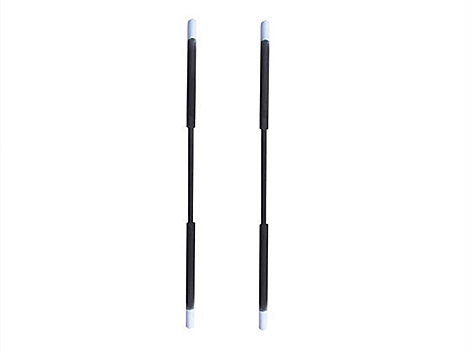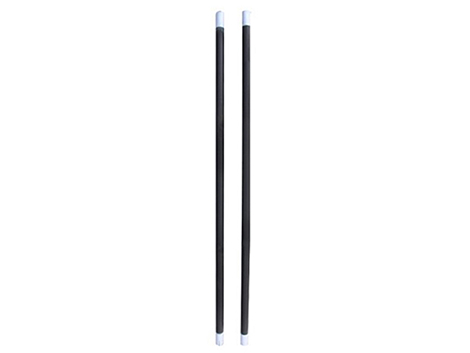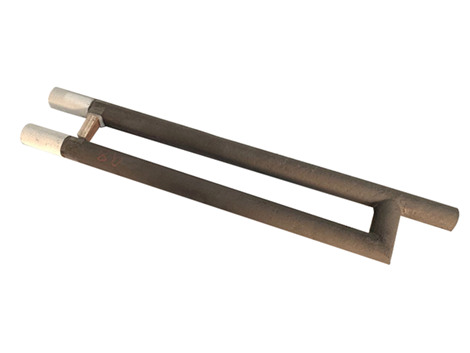As industrial heating applications become more complex and demanding, the need for reliable and efficient heating solutions is greater than ever. At the heart of these heating systems are the heating elements, which are responsible for converting electrical energy into heat.
Heating elements come in many different shapes and sizes, and are made from a variety of materials depending on the application. Common materials include nickel-chromium alloys, iron-chromium-aluminum alloys, and silicon carbide. These materials are chosen for their high resistance to heat, corrosion, and oxidation, which allows them to operate in harsh environments without deteriorating over time.
Heating elements can be found in a wide range of industrial applications, from heating liquids in tanks and pipes to drying and curing processes in manufacturing plants. They are used in industries such as food and beverage, pharmaceuticals, plastics, chemicals, and many more.
One of the key advantages of heating elements is their flexibility. They can be designed to fit specific applications and can be easily replaced if they fail, which reduces downtime and maintenance costs. They are also highly responsive, allowing for precise temperature control and rapid heating and cooling.
As the demand for energy-efficient and sustainable heating solutions grows, heating elements are evolving to meet these needs. New materials and designs are being developed to increase efficiency and reduce energy consumption. For example, advanced ceramic heating elements can achieve higher temperatures with less energy compared to traditional heating elements.
In conclusion, heating elements are an essential component of industrial heating systems, providing reliable and efficient heat generation for a wide range of applications. As technology advances, so will the capabilities of heating elements, ensuring they remain a vital tool for industry for years to come.



